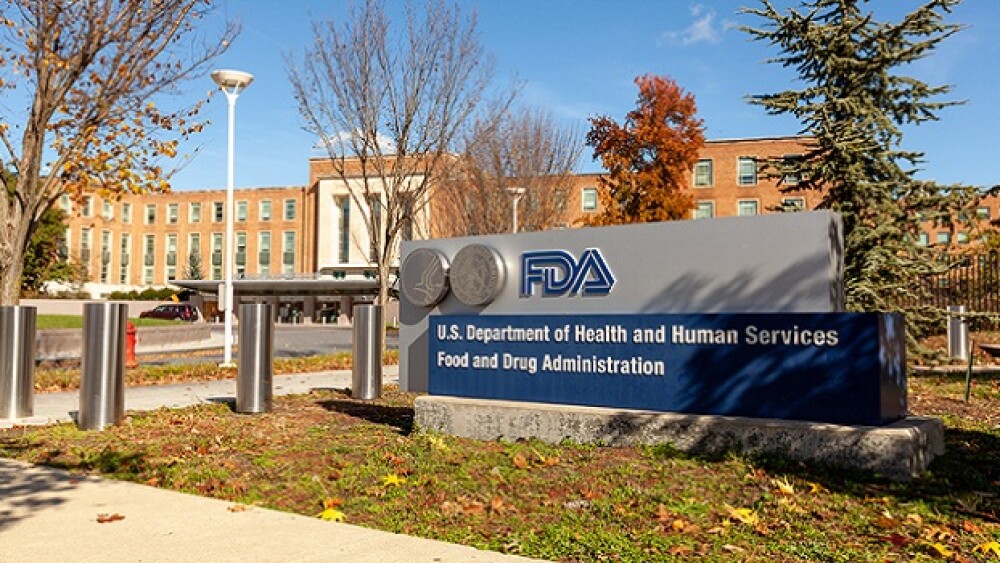Harvard scientists believe they’ve uncovered one of the primary drivers of aging, and it isn’t DNA mutation. A study published Thursday points to epigenetics as the key.
Courtesy of Getty Images
Harvard University scientists believe they’ve uncovered one of the primary drivers of aging, and it isn’t DNA mutation. A study published Thursday in Cell points to epigenetics as the key.
A 13-year study led by Dr. David Sinclair, professor of genetics at the Blavatnik Institute at Harvard Medical School, postulates epigenetics as the largest driver of aging. Epigenetic changes control gene activity without altering the DNA sequence.
Researchers have long hypothesized that aging is the result of an accumulation of deleterious mutations in the genome; yet recent research has found aged cells with few or no mutations. Studies have also discovered people and mice with high mutation loads without signs of premature aging. In short, the empirical scientific evidence doesn’t fully support the mutation hypothesis of aging.
“We used to think that aging was like lines of a recipe being erased. Once a mutation occurred, the DNA code was lost forever,” Sinclair explained in a video released by Harvard.
“But now we know that cells still have the DNA intact. We just need to teach them how to read that code again. And if we can do that, aging may be much more reversible than we ever thought.”
To test the hypothesis, Sinclair’s team genetically engineered mice with an on/off switch to activate temporary, fast-healing cuts to the DNA in the mouse’s cells at a rate three times higher than is naturally occurring. The breaks altered DNA folding but not coding.
An individual human cell can suffer up to one million DNA breaks a day, keeping the cell’s repair proteins hopping. With each successive fix, the repair proteins can become more jumbled. This alteration to the chromatin affects gene expression and can cause dysfunction without mutating the code.
As the mice experienced a sped-up version of DNA breaks, the epigenetic function of their youth was lost. Internal biomarkers indicated aging as they visibly began to look and act old much earlier than their counterparts whose enzymes were left “off.” Tissue began to break down and organs headed toward failure. The break-accelerated mice aged significantly more.
A “Turning Point” in Controlling Aging
So, why does it matter whether it’s DNA mutation or chemical and structural changes to the chromatin driving aging?
It’s easier to manipulate molecules for the epigenetic process than it is to reverse DNA mutation, according to the study authors. This new information has the opportunity to open a wealth of new approaches for epigenetics over genetics to treat age-related conditions like heart disease, type 2 diabetes and neurodegenerative disease.
“We hope these results are seen as a turning point in our ability to control aging,” Sinclair said. “This is the first study showing that we can have precise control of the biological age of a complex animal; that we can drive it forward and backward at will.”
Perhaps the most pivotal part of the study was the team’s success in resetting epigenetic structures in the mice of the study. The aged mice that had the enzyme turned on for their first three weeks of life received gene therapy to reverse the induced epigenetic changes.
The gene therapy rewound the aged cells to an earlier state, reversing blindness, rejuvenating organs and restoring muscle tone. Sinclair said it is a “permanent reset” of the cells, but exactly how the treatment achieves that result is unclear. He liked it to “rebooting a malfunctioning computer.”
Testing the hypothesis in nonhuman primates is already underway. Replicating the results of this study in a larger mammal is essential to move forward with the goal of not just extending human life, but extending human health.
“We’re talking about taking someone who’s old or sick and making their whole body or a specific organ young again, so the disease goes away,” Sinclair said.
He added, “It’s a big idea. It’s not how we typically do medicine.”






